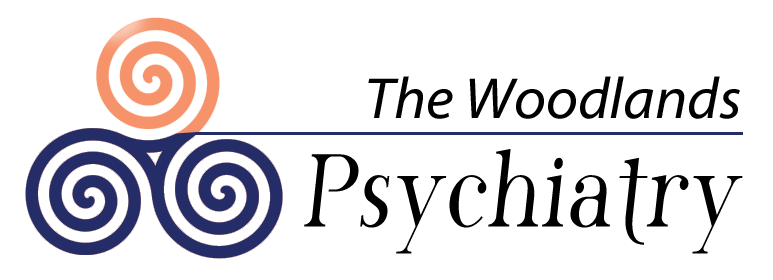To do psychotherapy rather than medication management is completely unfashionable these days when all of psychiatry has shifted over to medication as the only or principal form of psychiatric treatment. What is even more unfashionable is to offer teaching patients self hypnosis. This treatment modality is misunderstood by physicians and psychiatrists, as well as the general public. The understanding that most people have of hypnosis is a largely influenced by what they have seen in the movies or in stage presentations. In those settings hypnosis is presented in distorted and sensationalist ways that are exciting to the public but that have nothing to do with reality and the real nature and therapeutic potential of hypnosis. The tragic consequence of this lack of understanding is that hypnosis as a clinical tool could be very beneficial for patients and is either not utilized or largely underutilized. Colleagues who have incorporated hypnosis and hypnotherapy techniques in their practice (none here in the Woodlands) have stated that they could not envision practicing psychiatry or medicine without this technique in their tool kit because it broadens the therapeutic capabilities of the practitioner for the benefit of the patient.
So what is hypnosis? A simple way to explain its nature is to say that it has to do with what happens when a patient falls asleep at night. In order to move from consciousness and the waking state to sleep, one has to pass through a process of progressive relaxation. If that fails, one tends to stay awake. The application of this process of progressive relaxation to clinical situations means that the clinician attempts to extract what the patient does spontaneously at night in the process of falling asleep and helps him or her to apply it to daytime needs, most basically for the purpose of anxiety management. This particular application is the most common one and the most easily implemented. Technically the achievement of the relaxed state is not difficult for the motivated patient. Most clients can very readily draw comparisons with meditation and mindfulness training that they may have been exposed to in the past. But the explanation that hypnosis is what happens in the interval between waking and sleep is readily grasped by almost everyone.
It is true that many books and articles have been written about scientific studies of hypnosis. In the specialist literature the exact nature of hypnosis is not settled and may not be settled for a long time. The explanation of hypnosis as being related to the relaxation between sleep and waking satisfies most clinical situations and paves the way to make this treatment acceptable to the average patient.
